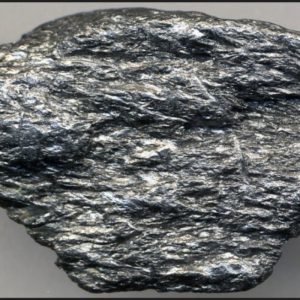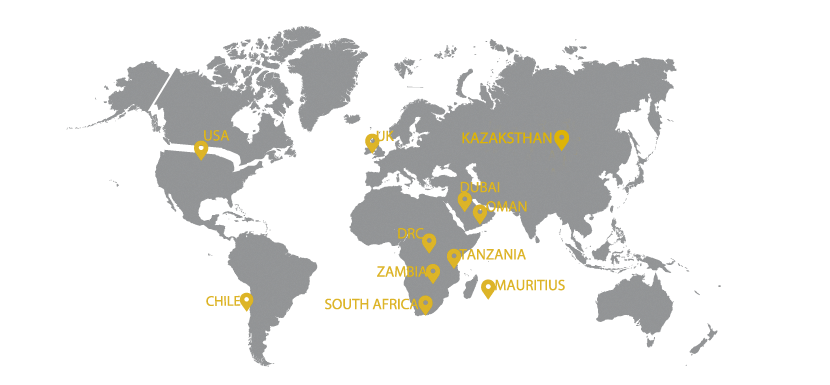
Graphite is a crystalline form of the element carbon. It consists of stacked layers of graphene. Graphite occurs naturally and is the most stable form of carbon under standard conditions. Synthetic and natural graphite are consumed on large scale for uses in pencils, lubricants, and electrodes. Under high pressures and temperatures it converts to diamond. It is a good (but not excellent) conductor of both heat and electricity.
Natural graphite
The principal types of natural graphite, each occurring in different types of ore deposits, are Crystalline small flakes of graphite (or flake graphite) occurs as isolated, flat, plate-like particles with hexagonal edges if unbroken. When broken the edges can be irregular or angular; Amorphous graphite: very fine flake graphite is sometimes called amorphous;
Lump graphite (or vein graphite) occurs in fissure veins or fractures and appears as massive platy intergrowths of fibrous or acicular crystalline aggregates, and is probably hydrothermal in origin.
Highly ordered pyrolytic graphite refers to graphite with an angular spread between the graphite sheets of less than 1°.
The name “graphite fiber” is sometimes used to refer to carbon fibers or carbon fiber-reinforced polymer.


